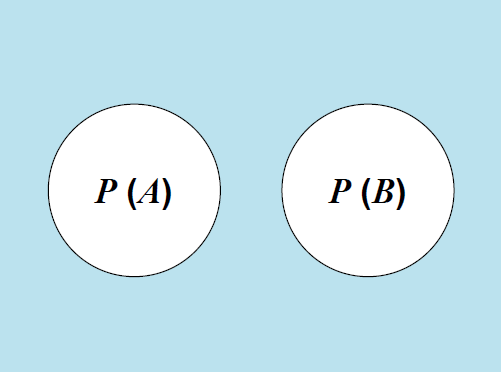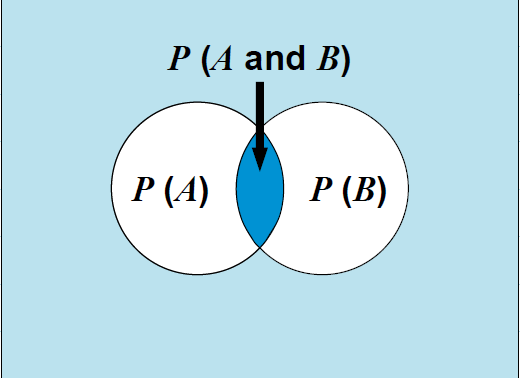Intro To Quantitative Analysis - Decision Analysis
1/54
Earn XP
Description and Tags
Multiple Choice Type Only
Name | Mastery | Learn | Test | Matching | Spaced |
|---|
No study sessions yet.
55 Terms
Quantitative Analysis
is a scientific approach to managerial decision making in which raw data are processed and manipulated to produce meaningful information
Raw Data → Quantitative Analysis → Meaningful Information
Quantitative Factors
are data that can be accurately calculated.
Examples:
Different Investment Alternatives
Interest Rates
Invetory Levels
Demand
Labaor Cost
Qualitative Factors
are more difficult to quantify but affect the decision process.
Example:
The weather
State and federal legislation
Technological Breakthroughs
The Quantitative Analysis Approach
(In Order)
Defining the Problem
Developing a Model
Acquiring Input Data
Developing a Solution
Testing the Solution (If failed, go back to step 2.)
Analyzing the Result (If failed, go back to step 2.)
Defining the Problem
Develop a clear and concise statement that gives direction and meaning to subsequent steps
This may be the most important & difficult step
It is essential to go beyond symptoms and identify true causes
It may be necessary to concentrate on only a few of the problems — selecting the right problems is very important
Specific and measurable objectives may have to be developed
Developing a Model
Quantitative analysis models are realistic, solvable, and understandable mathematical representations of a situation
Contain variables (controllable and uncontrollable) and parameters
Scale Models
Schematic Models
Different types of models:
Controllable Variables
are the decision variables and are generally unknown.
How many items should be ordered for inventory
Parameters
are knwon quantities that are a part of the model
What is the holding cost of the inventory?
Acquiring Input Data
Data may come from a variety of sources such as company reports, company documents, interviews, on-site direct measurement, or statistical sampling
Garbage In - Process - Garbage Out
Input data must be accurate — GIGO rule
Developing a Solution
The best (optimal) solution to a problem is found by manipulating the model variables until a solution is found that is practical and can be implemented
Common techniques are:
Solving Equations
Trial and Error — trying various approaches and picking the best result.
Complete Enumeration — trying all possible values
Using an algorithm — a series of repeating steps to reach a solution
Testing the Solution
Both input data and the model should be tested for accuracy before analysis and implementation
New data can be collected to test the model
Results should be logical, consistent, and represent the real situation
Analyzing the Results
Determine the implications of the solution:
Implementing results often requires change in an organization.
The impact of actions or changes needs to be studied and understood before implementation.
Sensitivity analysis
Determines how much the results will change if the model or
input data changes.
Sensitive models should be very thoroughly tested.
Implementing the Results
Implementation incorporates the solution in the company
Implementation can be very difficult
People may be resistant to changes
Many quantitative analysis efforts have failed because a good, workable solution was not properly implemented
Changes occur overtime, so even successful implementations must be monitored to determine if modifications are necessary.
Modeling in the Real World
Quantitative Analysis models are used extensively by real organizations to solve real problems
In the real world, quantitative analysis models can be complex, expensive, and difficult to sell.
Followign the steps in the process is an important compononent of success
Profit = Revenue - (Fixed Cost + Variable Cost)
Revenue — selling price per unit
Profit = sX - [f + vX]
The parameters of this model are f,v, and s. The decision variable is X.
Formula for profit.
Break-Even Point (BEP)
is the number of units sold that will result in $0 profit.
0 = sX - f - vX
They represent reality.
They help decision makers formulate problems
They provide meaningful information
They save time and money in decision making
They solve large / complex problems
They can be useful to multiple similar problems
What are the advantages of Mathematical Modeling
Deterministic Models
are mathematical models that do not involve risk.
All of the values used in the model are known with complete uncertainty
Probabilistic Models
Mathematical modles that involve risk, chance, or uncertainty
values used in the model are estimates based on probabilities
Defining the Problem
problem not easily identified
conflicting view points
impact on other departments
outdated solution
Developing a Model
manager’s perception may not fit a textbook model
trade-off between complexity and easy to understand
Acquiring Input Data
data may not be collected for quantitative problems
validity of data
Developing an Appropriate Solution
math is hard to understand
having only one answer may be limiting
Testing the Solution for Validity
Analyzing the Results in Terms of the Whole Organization
Possible Problems in Quantitative Analysis Approach
Probability
is a numerical statement about the likelihood that an event will occur.
1
The sum of the simple probabilities for all possible outcomes of an activity must equal —
Objective Probability and Subjective Probability
Types of Probability
Relative Frequency
Typically based on historical data (number of occurrences / total number of trials)
Classical or Logical Method
Logically determine the probabilities without trials (tails or head)
Subjective Probability
is based on the experience and judgment of the person making the estimate.
Opinion polls
Judgment of experts
Delphi Method
Mutually Exclusive
Events are said to be —- if only one of the events can occur on any one trial
P (A | B) = P(A) + P(B)

Collectively Exhaustive
Events are said to be — if the list of outcomes includes every possible outcome
P (A|B) = P(A) + P(B) - P(A and B)

Statistically Independent Events
The occurence of one event has no effect on the probability of occurence of the second event.
Example:
Snow in Santiago, Chile
Rain in Tel Aviv, Israel
Marginal
Joint
Conditional
Types of Probabilities
Marginal (or simple) Probability
is the probability of a single event occuring
Joint Probability (Independent Event)
is the probability of two or more events occuring and is equal to the product of their marginal probabilities for independent events
P(AB) = P(A) x P(B)
Conditional Probability (Independent Event)
is the probability of event B given that event A has occured
P(B|A) = P(B) or P(A|B) = P(A)
Conditional (Dependent Event)
P(A|B) = P(AB) / P(B)
Joint (Dependent Event)
P(AB) = P(B|A) P(A)
1.Clearly define the problem at hand.
2.List the possible alternatives.
3.Identify the possible outcomes or states of nature.
4.List the payoff (typically profit) of each combination of alternatives and outcomes.
5.Select one of the mathematical decision theory models.
6.Apply the model and make your decision.
6 Steps in Decision Making
Decisiom Making Under Certainy
The decion maker knowns with certainty the consequences of every alternative or decision choice
Decision Making Under Uncertainty
The decision maker does not know the probabilities of the various outcomes.
Decision Making Under Risk
The decision maker knows the probabilities o the various outcoems
Maximax
Maximin
Criterion of Realism (Hurwicz)
Equally Likely (Laplace)
Minimax Regret
What are the criterias for making decisions under uncertainty?
Maximax
Used to find the alternative that maximizes the maximum payoff
Maximin
Used to find the alternative that maximizes the minimum payoff
Criterion of Realism
is a weighted average compromise between optimism and pessimism
value of 0 is perfectly pessimistic
value of 1 is perfectly optimistic
Weighted average = a(maximum in row) + (1 – a)(minimum in row)
Equally Likely (Laplace)
Considers all the payoffs for each average. (Find the average, select the highest avereage)
Minimax Regret
Based on opportunity loss or regret, this is the difference between the optimal profit and actual payoff for a decision.
Decision Making Under Risk
This is decision making when there are several possible states of nature, and the probabilities associated with each possible state are known.
Expected Monetary value (EMV)
most popular method is to choose the alternative with the highest —
payoff of first state (probability) + payoff of 2nd state (probability)…
Expected Value of Perfect Information (EVPI)
places an upper bound on what you should pay for additional information
is the long run average return if we have perfect infromation before a decision is made.
(EVPI = EVwPI - Maximum EMV)
Expected Opportunity Loss (EOL)
is the cost of not picking the best solution
Minimum — will always result in the same decision as max EMV
Sensitivity Analysis
examines how the decision might change with different input data.
Decision Trees
a graphical representation of a decision table
are most beneficial when a sequen of decsions must be made
contain decision points or nodes from which one of several alternatives may be chosen
contain state-of-nature points or nodes, out of which one state of nature will occur
Structure of Decision Trees
Trees start from left to right.
Trees represent decisions and outcomes in sequential order.
Squares represent decision nodes.
Circles represent states of nature nodes.
Lines or branches connect the decisions nodes and the states of nature.